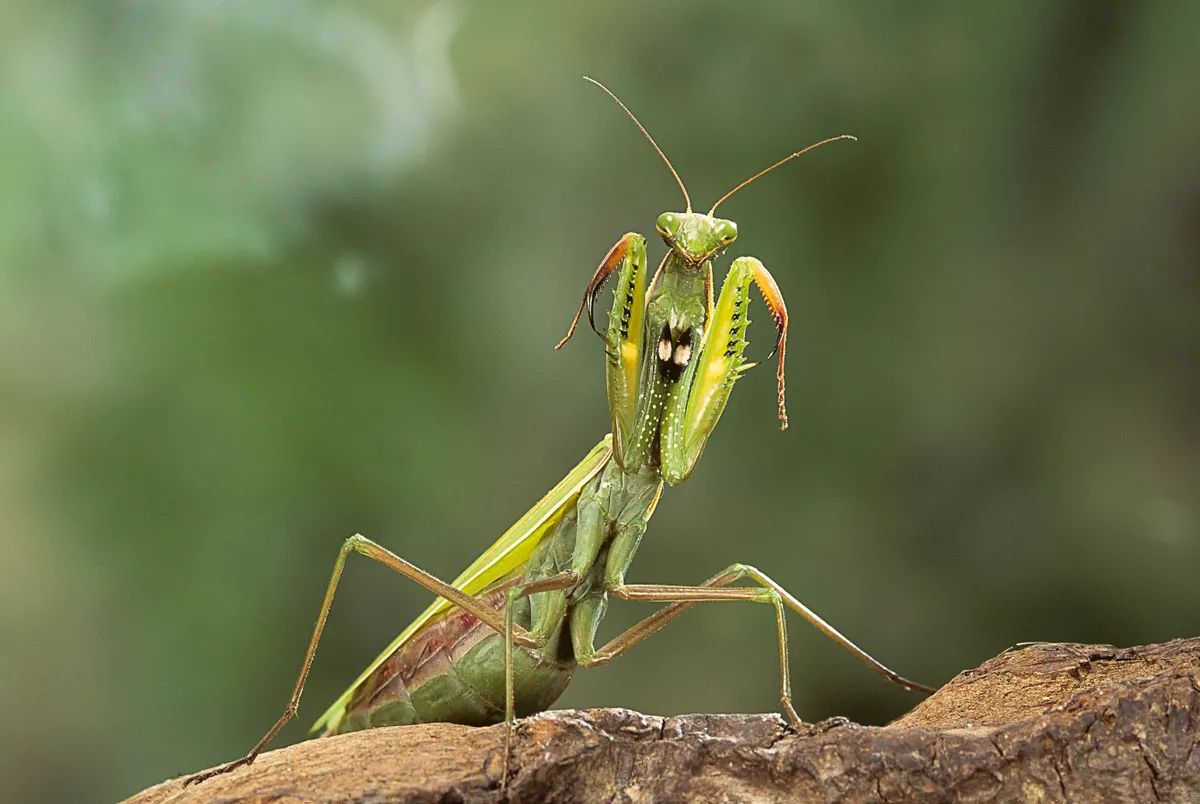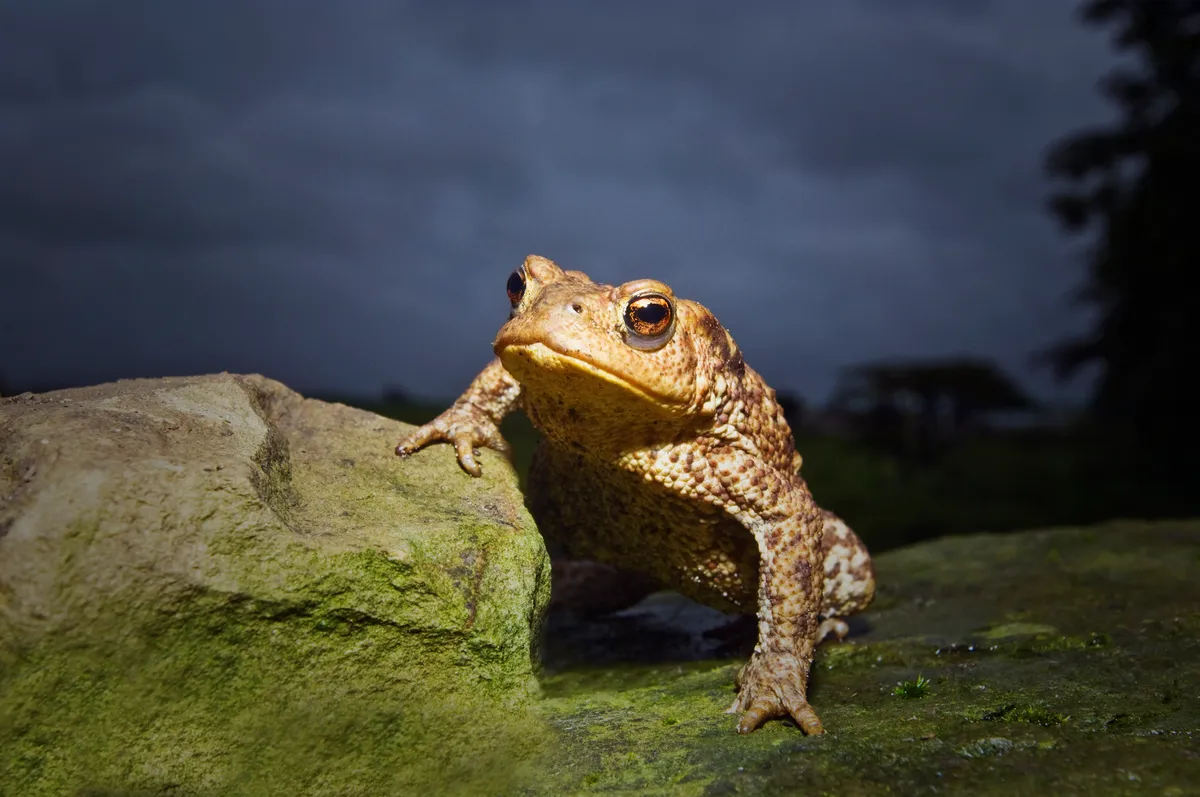You might think that decapitation would spell the end of anyone or anything - it certainly kills a human that’s for sure, says Leoma Williams.
Can any animals survive without their heads?
However, some hardy animals are able to survive and even perform fairly impressive feats despite lacking a head. This is primarily due to some really interesting physiological differences between these animals and humans - differences in metabolism, circulation, brain size and shape, and even in the ability to regenerate and re-grow.
Sometimes too there is an element of sheer luck involved, as with the famous chicken who is first on this list. Read on to find out more about these extraordinary animals who survive against the odds.
10 animals that can survive without a head
Chicken

Of course, this list had to start with a chicken, what else! The story, and the popular saying, stem from the remarkable case of a lucky (or unlucky, depending on how you look at it) chicken called Mike the headless chicken, who despite being decapitated and destined for the dinner table subsequently survived a remarkable 18 months!
This is because, although his head was removed, much of his brain stem remained intact, allowing him to still perform many basic functions and remain surprisingly healthy. Mike holds the record for the longest chicken to survive without a head, but he is not the only one. It is not uncommon for neurons to continue to fire after a beheading in chickens, and sometimes they might even run around for a short time. But we are talking more like 15 minutes, nothing close to 18 months, so Mike truly was exceptional.
Cockroach

Although not quite as long as miraculous Mike, the ability of cockroaches to survive without heads is still impressive. These hardy insects have been known to live for weeks following decapitation.
This is in part because, as insects, they don’t breathe through their nose and mouth like we do, but through openings on their thorax and abdomen called spiracles. In humans, breathing is controlled by the brain, and so we wouldn't be able to do it without a head, not so in insects.
Perhaps even more pressingly, decapitation in humans would also result in a swift death due to blood loss. Insects do not have blood pressure in the way that we do, due to their open (rather than closed) circulatory systems. Thus, their blood quickly clots after their head is chopped off and they don’t bleed out.
Wasps

Similarly to cockroaches, the insect physiology of wasps means that they don’t die immediately after decapitation. In addition to the differences in blood pressure and breathing apparatus, insects also have quite a different nervous system to mammals for example.
- Bee vs wasp: what's the difference between these two stinging insects?
- Meet the deadliest and biggest wasp in the world - complete with its scary 6mm stinger - and learn why it's called the murder hornet
Whilst their head does contain important parts of their nervous system, they also have clusters of nerves elsewhere in their bodies. It is these that allow for reactions to stimuli, movement, and even flight without a head. In particular this demonstrates the importance of the ventral nerve cord - a major component of the insect nervous system that runs down the length of the body.
The fact that many insects can still walk, groom, and even mate without their brains indicates that this cord is able to enact complex functions by itself.
Axolotl

This next animal perhaps couldn't survive a full-on decapitation, but it does have a remarkable ability to regenerate. These singular salamanders can regrow almost any body part or organ, from missing limbs to lost tails to their heart. Axolotl can also regenerate their brains!
Studies have shown that they can regenerate large parts of their brains, even if a large chunk has been removed. It is thought that all tetrapods have the ability to regenerate organs or limbs as embryos, but most lose this ability as they develop into adults.
Axolotls carry this capacity throughout their lives, much as they retain many other juvenile salamander traits, like their external gills and aquatic habits.
Axolotls are also one of the cutest animals in the world
Male praying mantis

You have probably heard that female praying mantis’ often bite off the head of their mate, but did you know that the male doesn’t die right away?
The larger female mantis does this not just after, but often during and even before mating, blithely chomping down on the male’s head like any other foodstuff.
This does not necessarily hamper his ‘performance’ however, headless males can still get on with the business of mating, and in some species, decapitation can even cause them to mate more effectively, speeding up his movements and allowing for repeated copulations.
With the head goes nerve centres and consequently the inhibitions that usually prevent mating. Decapitated males have been known to continue mating for several hours.
Rattlesnake
So far, we have talked about what the body can do without the head, but what about the head without the body?
You may be surprised (and horrified) to learn that even decapitation may not be enough to render a venomous snake harmless. One unfortunate Texan learned this the hard way when after severing the head of a rattlesnake in his garden he reached to dispose of the head a few minutes later.
Much to his surprise the head latched onto this hand and delivered a potentially lethal dose of venom. Luckily anti-venom treatment was able to save him, but a much larger dose than is generally needed for similar rattlesnake bites.
This indicated that although the snake head still acted as if it was alive, its reaction was likely involuntary, and it was unable to control how much venom it delivered. It is thought that snakes, as ectotherms that don't need as much oxygen to fuel the brain, may live on for minutes or even hours post-decapitation.
Toads

Anecdotal reports suggest that toads - whether after a nasty encounter with a lawnmower or with a natural predator - can still hop around for a time after losing their heads. As with Mike the chicken this likely happens when enough of the brain stem is left intact.
The brain stem governs many of the body's functions and so theoretically even if other parts of the brain are gone a body may survive and even move around quite naturally. What is likely to kill off headless toads (as well as many of the others on this list) is an inability to eat or drink, in addition to being a blind, moving target for predators.
Planarian flatworms
This next on our list doesn't see decapitation as too much of a problem, however. They are true masters of regeneration. The childhood story goes that if you cut an earthworm in half you will get two worms. For earthworms this is a myth - all you will likely get is one dead worm, or at best a living tail end and a dead head end.
For planarians however, it’s spot on. These remarkable flatworms can rebuild any part of their body after amputation - due to adult stem cells situated throughout their bodies that are used to produce new, specialised, cells. They are able tocompletely regrow an entire head in just a matter of days.
Fire ants

These ants are able to wonder around, whilst not strictly headless (at first) but brainless. This comes as a gruesome result of infestation by a parasite called the phorid fly, a tiny fly that lays its eggs in the thoraxes of unlucky fire ants. Once the egg hatches the maggot will make its way to the ant’s head and consumes it’s brain entirely!
Once there is nothing but an empty head left the ant will still wander around, albeit aimlessly - brainless ant zombies. Eventually about a month after initial infestation the head simply drops off. Then it’s curtains for the ant at last.
This macabre relationship between the fire ant and the phorid fly has been exploited by pest management specialists, who release the flies as a means of destroying pesky ant colonies that threaten livestock and infrastructure.
Tortoises

Tortoises are another species that are said to be able to live without their brains. In the 17th Century Italian naturalist Francesco Redi, sometimes referred to as the ‘founder of experimental biology”, conducted a grisly experiment on a tortoise that involved removing its brain entirely.
- Turtle vs tortoise: what's the difference - and just how on earth do they breathe without expanding their rigid ribcage?
- How long do tortoises live?
Despite removing ‘every particle’ and cleaning out the cavity the tortoise did not die, instead it lived a further six months! Redi next decided to remove the head of a tortoise entirely and it lived for 23 days. The ability of tortoises and other animals to live so long without a head is thought to be partly due to their slow metabolisms.





